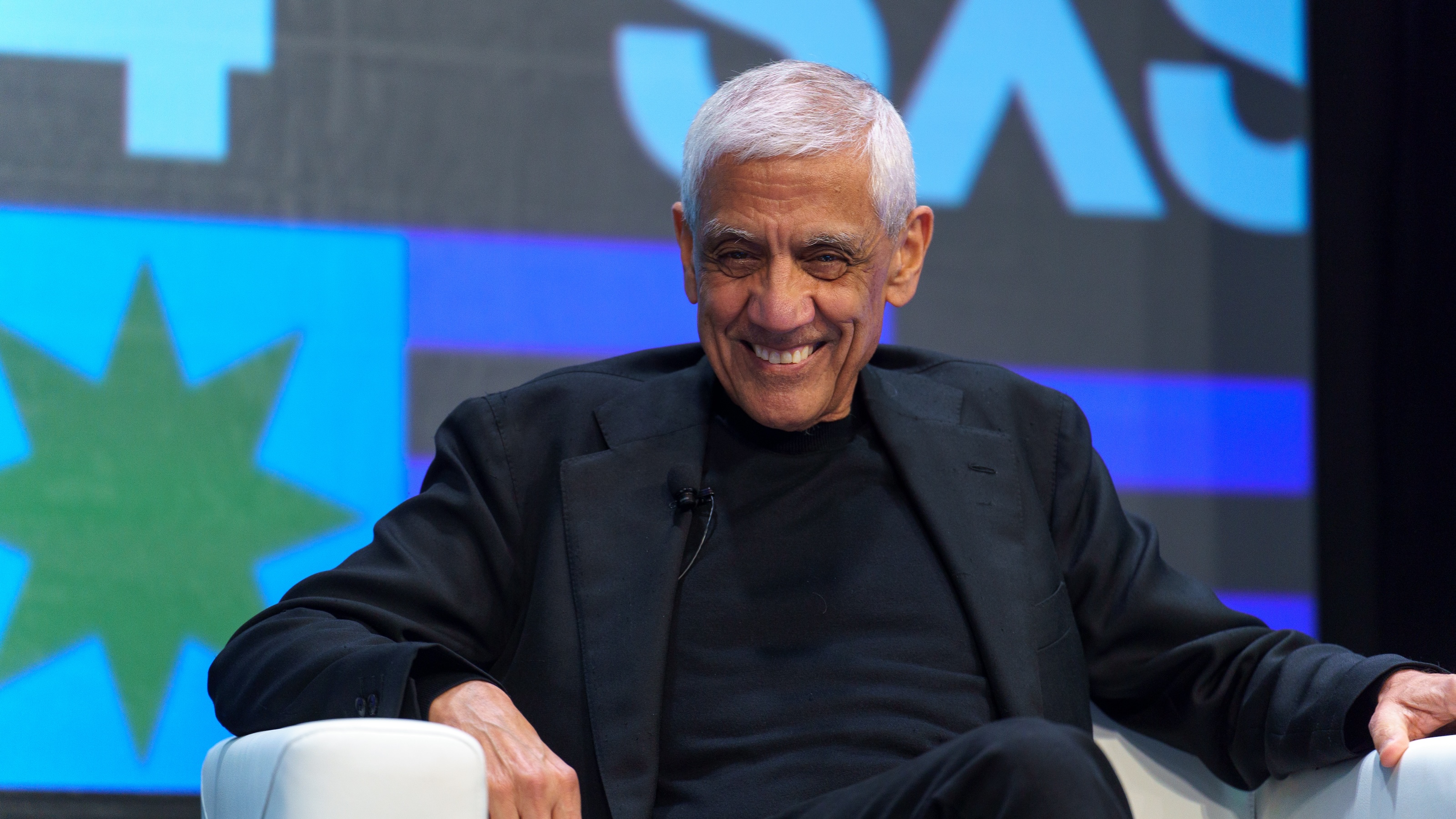Most books on how to budget are teaching you all wrong, says founder and CEO of Mint.com, Aaron Patzer. Here’s how he thinks you should manage your income.
Question: What are the logistical barriers to saving?
Aaron Patzer: As far as the logistics of saving, I think most books, if you read them on setting a budget and learning to save and learning where to cut back, do it all wrong. They sort of suggest you start out with your income. Okay, I earn $4000 and here’s how much I’m paying in taxes, here’s how much is rent, insurance, coffee shops, childcare, clothing - they make you list sort of 30 different categories. Most people don’t know what they spend in those categories anyway, so it’s an impossible task. It takes you, like, three hours to list all that stuff out and then you're supposed to come up with, okay, and here’s my savings goal at the end after I’ve tweaked all these categories.
It’s just really impractical and it’s also hard to track because they sort of tell you to write down everything that you buy. What I suggest instead is to use a tool like Mint or like Quicken which will pull in all of your transactions automatically, categorized them automatically and then set a budget against just probably the two or three problem areas that you have. I mean, most people know what their real issues are. You know, maybe you shop too much. Maybe you go out with your friends too much to bars and, you know, you need to set a budget on alcohol in bars. Maybe it’s restaurants. Maybe you’re a foodie. Maybe it’s too many video games or too many DVDs or something like that. People know sort of where their problem areas are typically. Too many coffee shops.
And so, you just set a budget in two or three different categories. Use a tool like Mint or like Quicken that will pull in your credit card and your debit card transactions. So, put everything on a credit or a debit card if you’re deeply in debt and a credit card - you're afraid you're going to get yourself into worse trouble, use a debit card then. But, the important thing is those allow you to track your spending in a way that cash doesn’t.
And so, all of a sudden you’ll realize, “Oh, I went to Starbucks 36 times last month. Oh, I spend more on shopping than I do on rent.” People have written in to Mint and said, “I just had no idea that I spent more on this than I do on - I spend four times as much on restaurants than I do on groceries?” My press agent, Martha, said the first time she used Mint she realized that she didn’t have anything in her groceries category for the past month. She literally hadn't bought any because she had been going out so much.
And so, you find these patterns. You set a budget in those problem areas and Mint will show you how much you’ve actually spent historically. So, if you’ve spent $300 a month on restaurants, don’t set $100 budget. You're just not going to make it. You’re just going to frustrate yourself. Set a budget of $250 or $225. Maybe 25 percent less and then if you make that then cut it back each month. And a tool like Mint or like Quicken - Quicken 2010 is actually - it’s really good. They use a lot of the budgeting features that I think that they got from Mint. It’s funny because I’ll be owning both of those brands now going forward.
Recorded on November 2, 2009





